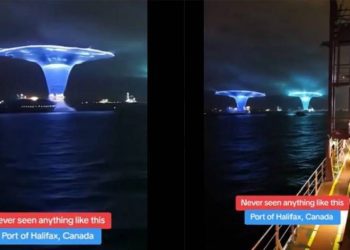The Indian Space Research Organization (ISRO) said on Sunday that it has successfully tested its reusable launch vehicle technology for the third time. Isro said that this time the launch vehicle was tested in more challenging conditions and met all the norms. In this test, ISRO examined the landing interface and landing conditions of the aircraft at high speed. With this test, ISRO has taken a strong step towards achieving one of the most important technologies of today's time.
ISRO conducted the third and final test of the reusable launch vehicle at 7.10 am on Sunday at the Aeronautical Test Range in Chitradurga, Karnataka. ISRO has previously conducted two successful tests of reusable launch vehicles. In the third test, the launch vehicle was launched at high altitude and there was strong wind, but the launch vehicle 'Pushpak' landed safely on the runway with perfect accuracy.
Launch Vehicle 'Pushpak' from Chinook Helicopter
During the test, the launch vehicle Pushpak was launched from an Air Force Chinook helicopter at a height of four and a half kilometers. After this the launch vehicle Pushpak made a successful autonomous landing on the runway. The speed of the vehicle during landing was about 320 km per hour. Let us tell you that the speed of commercial aircraft at the time of landing is 260 km per hour and the speed of fighter aircraft is about 280 km per hour. At the time of landing, the speed of the launch vehicle was reduced to 100 km per hour first with the help of brake parachutes and then the aircraft was stopped on the runway with the help of landing gear brakes.
During the test, the functionality of the vehicle's radar and nose wheel steering system was also checked. This technology is very important for sending a launch vehicle into space in the future and safely landing it back on Earth and sending it back into space. With the help of this technology, ISRO's cost will be significantly reduced as the cost of launch vehicle in any space mission is very high and once used the vehicle is not reused. Now with the help of reusable launch vehicle technology, the problem of increasing space waste can also be faced.
During the landing test of the reusable launch vehicle, the vehicle used a multi-sensor fusion, including sensors such as inertial sensors, radar altimeter, flush air data system, pseudolight system and NAVIC. ISRO says that this test also reused the vehicle body and flight system used during the previous tests, demonstrating ISRO's design capability. Led by Vikram Sarabhai Space Center (VSSC), the mission also involved ISRO's Space Applications Center (SAC), ISRO Telemetry, Tracking and Command Network (ISTRAC) and Satish Dhawan Space Center (SDSC), Sriharikota. Along with the Technical Department of the Air Force, IIT Kanpur, National Aerospace Laboratory, Indian Aerospace Industrial Partners, Indian Oil Corporation of India and Airport Authority of India also provided important support.































